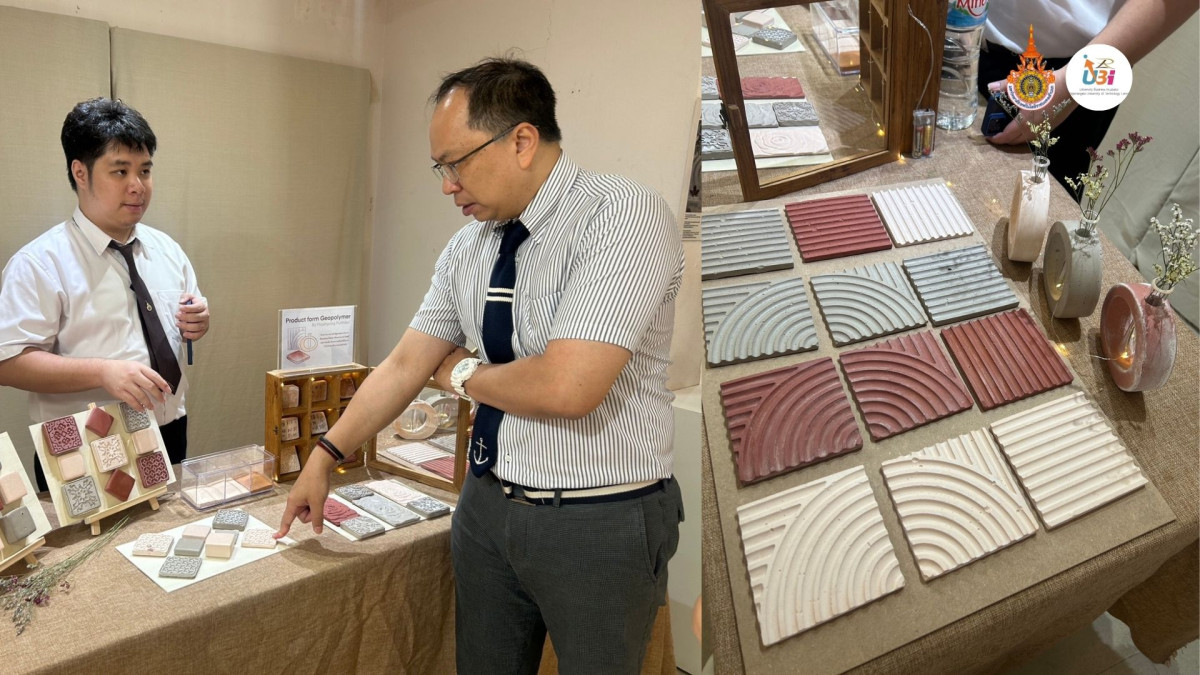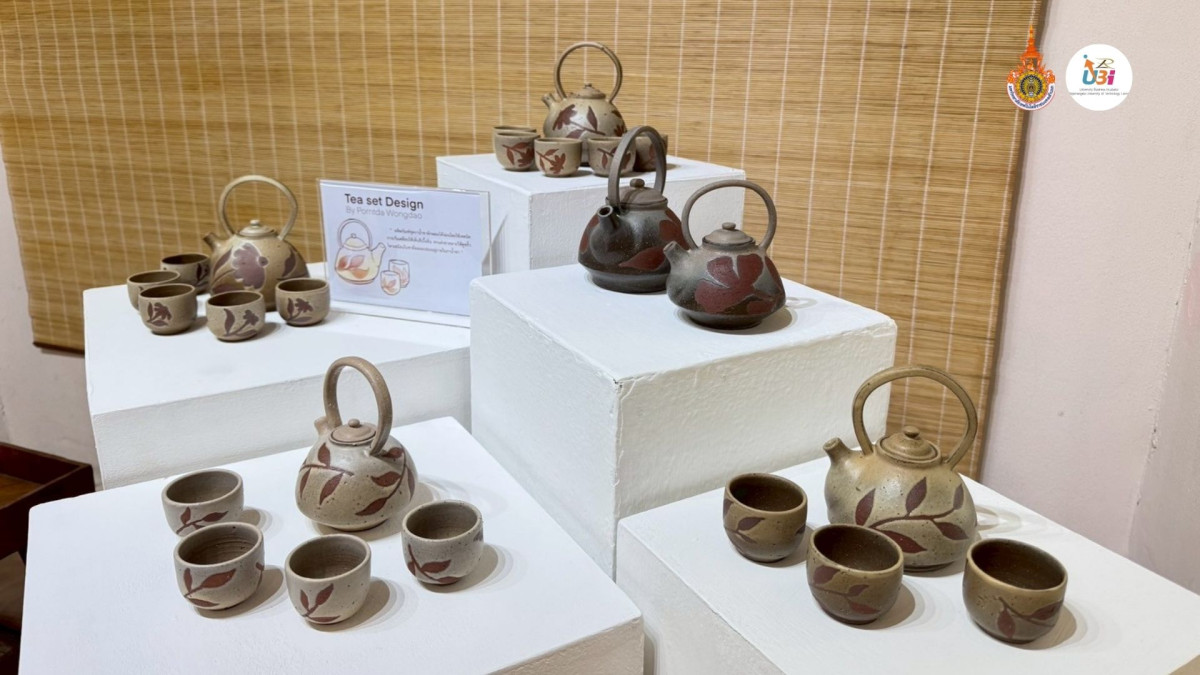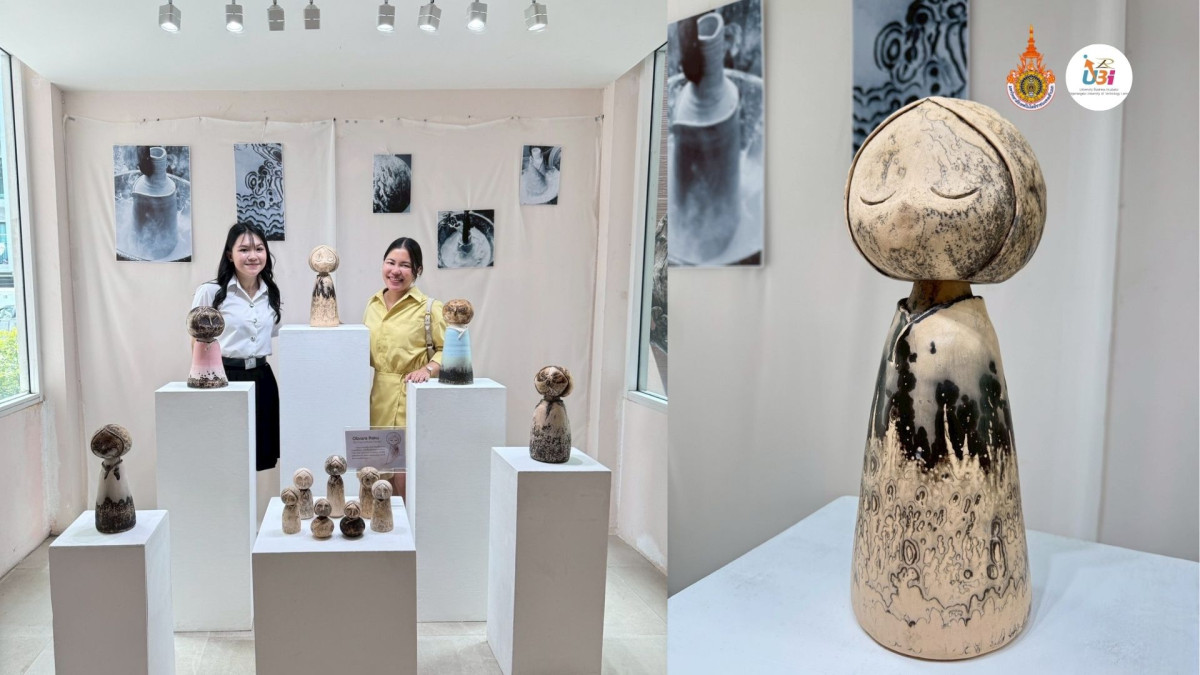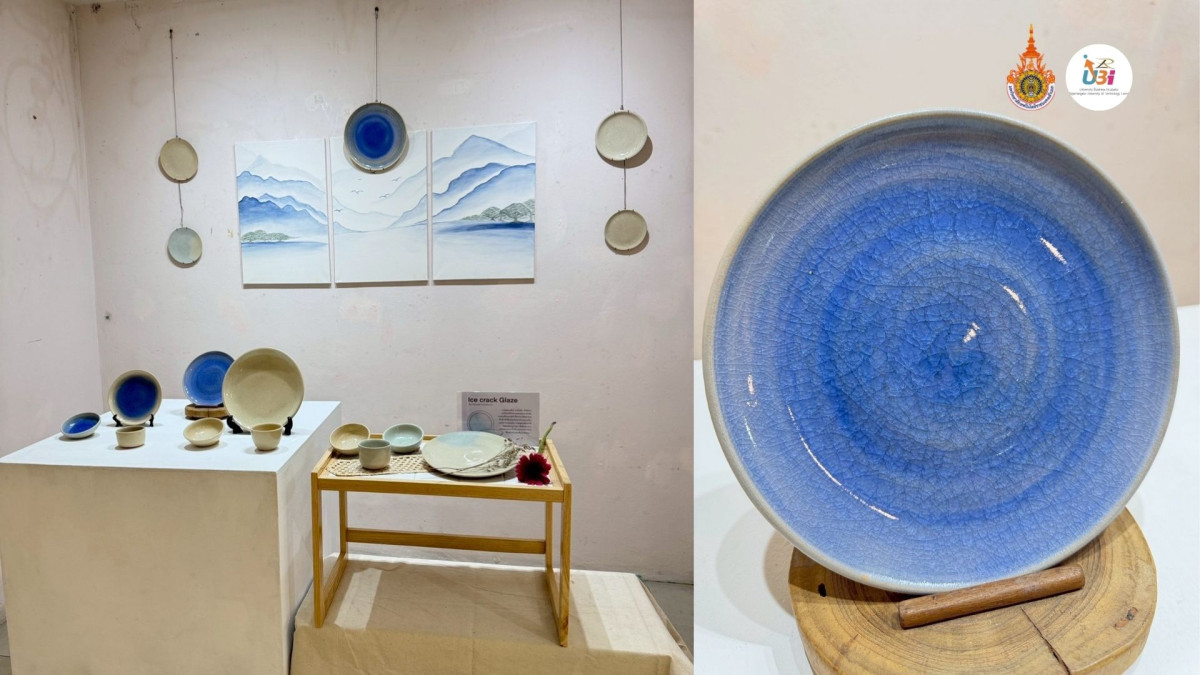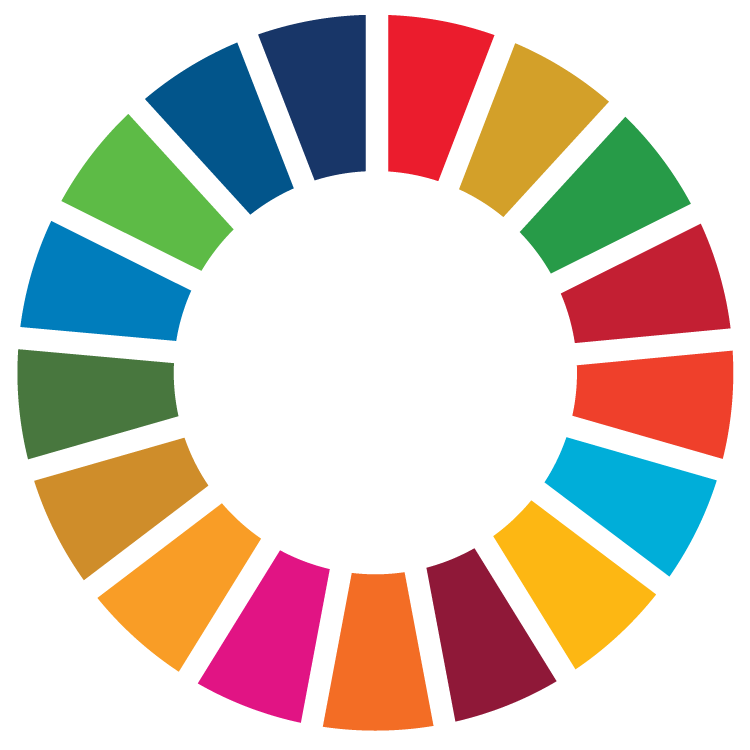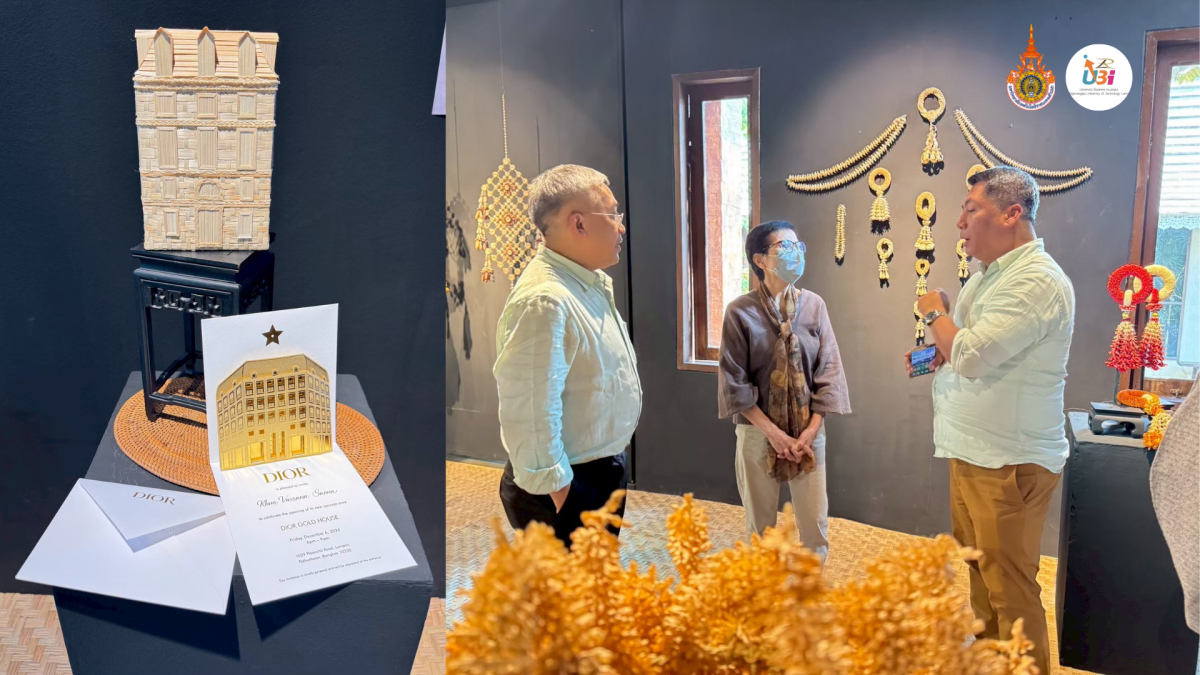Promoting Public Access to Cultural Spaces, Historic Sites, and Natural Heritage Landscapes at Rajamangala University of Technology Lanna
Rajamangala University of Technology Lanna (RMUTL) is deeply committed to maintaining open and inclusive access to its campuses, facilities, and culturally significant areas. The university’s approach integrates education, recreation, and heritage preservation — transforming its spaces into living community environments where learning and cultural exchange naturally coexist.
The Central Sports Stadium at RMUTL Doi Saket Campus, inaugurated in 2018, serves as a modern, multi-purpose facility that welcomes students, staff, and members of the public. Equipped with a standard drainage system, lighting, parking, scoreboard, and other amenities, the stadium is open daily for free use by the surrounding community. It supports local well-being by offering a safe and well-maintained venue for physical activity, sports, and recreational gatherings.
Beyond sports facilities, RMUTL’s campuses feature green open spaces, gardens, and community courtyards that are freely accessible to residents and visitors. These areas are used regularly for exercise, leisure, and public events, reinforcing the university’s role as a center of community life and social interaction.
A landmark of exceptional cultural importance within RMUTL’s Chiang Mai campus is the Wiang Ched Lin Historical Site — an ancient settlement area that the university actively preserves and revitalizes. Through careful maintenance and cultural programming, the site has been transformed into a space for learning, spiritual reflection, and traditional ceremonies, connecting people with the history and identity of the region. The area remains open for community visits, academic study, and local cultural activities throughout the year.
In addition to its recreational and heritage spaces, RMUTL continues to integrate public participation into its academic and creative environments. For example, the University Business Incubator (UBI) collaborated with students in the Ceramic Technology Program to organize a public exhibition at the Faculty of Arts and Architecture. The exhibition welcomed visitors to explore innovative ceramic works created by students, blending artistry with sustainability and commercial potential. This event also exemplified how RMUTL extends its facilities beyond academic use — creating opportunities for the public to engage with creative innovation within an open, accessible environment.
Through these efforts, RMUTL fosters a strong connection between the university and the surrounding communities. Its accessible buildings, open landscapes, and preserved heritage sites not only provide spaces for recreation and cultural appreciation but also encourage shared responsibility in maintaining and celebrating local identity and heritage.
